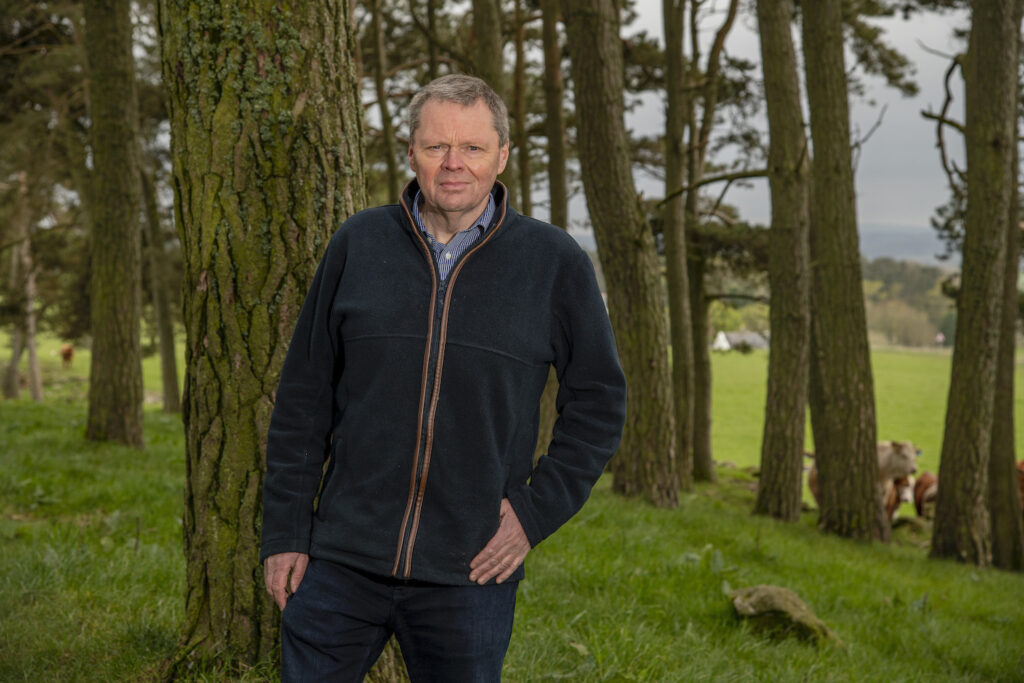Planning tools offered to help tackle fertiliser “cost crisis”
15th December 2021
The surge in fertiliser prices has created a ‘financial nightmare’ for farmers and growers.

NFUS vice president Andrew Connon said fertiliser must be viewed by politicians as a vital component in ensuring food supplies rather than simply a by-product of carbon dioxide production.
NFU Scotland says it is signposting its members to online planning tools and encouraging industry bodies to direct resources towards supporting the industry amid soaring fertiliser costs.
Nitrogen fertiliser has rapidly increased in price, from just over £200/t in spring to around £700/t by the end of autumn. Phosphate and potash prices have also increased by over 70% over the same period.
Grain prices have also been rising, but not to the same extent, leaving farmers questioning how fertiliser and other input cost increases can be managed and absorbed, NFUS said.
With reduced European fertiliser production and increased global demand, there are predictions of a lasting shortfall across Europe. For the fertiliser price to fall, there needs to be changes in energy costs, trade policies of fertiliser producing countries, and global crop demand, the union added.
At this early stage, it is predicted that the impacts of a shortage will be most acute in early spring 2022.
Looking at next year, NFUS vice president Andrew Connon said: “Fertiliser must be viewed by politicians as a vital component in ensuring food supplies rather than simply a by-product of carbon dioxide production. The cost implications of recent fertiliser price increases will affect almost every farming business.
“For those growing combinable crops, potatoes, fruit and veg, decisions will be made as to whether to maintain previous acreages. The livestock sector is also seriously affected by the rise. Across all sectors a substantial rise in working capital is needed and restricted credit terms from suppliers will create pressures on cash flow.”
Mr Connon noted that, as Brexit and Covid-19 are causing ongoing uncertainty, and with global demand for fertiliser being higher than ever, it is difficult to predict when prices will fall again.
As a small player in the global fertiliser market, the UK is exposed to these severe price hikes. Whether or not current grain price rises will be enough to cover the higher fertiliser costs will depend on harvests around the world.
“However, one thing which is certain is the need to get the most out of nitrogen fertiliser, slurries and manures,” Mr Connon added.
“Adopting technologies that monitor crops and soils in real-time could identify smarter ways of applying nitrogen to crops. Getting fertiliser onto crops and grass in the right way, in the right conditions, and at the optimum time could increase fertiliser utilisation, potentially maintaining or producing higher yields from lower applications at a field scale. This improvement in efficiency also benefits the environment, as nitrous oxide from fertiliser is the arable sector’s biggest source of emissions.
“We will continue to engage with stakeholders and use communications channels to signpost key information as we approach a very challenging spring.”
